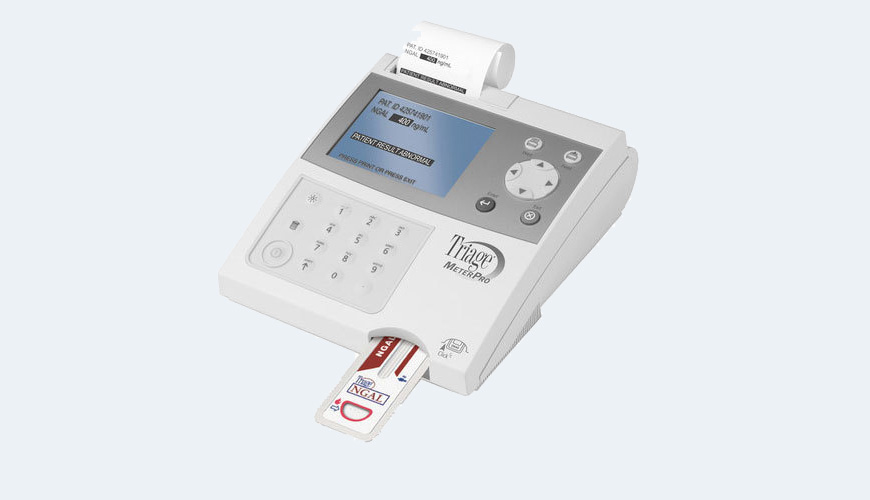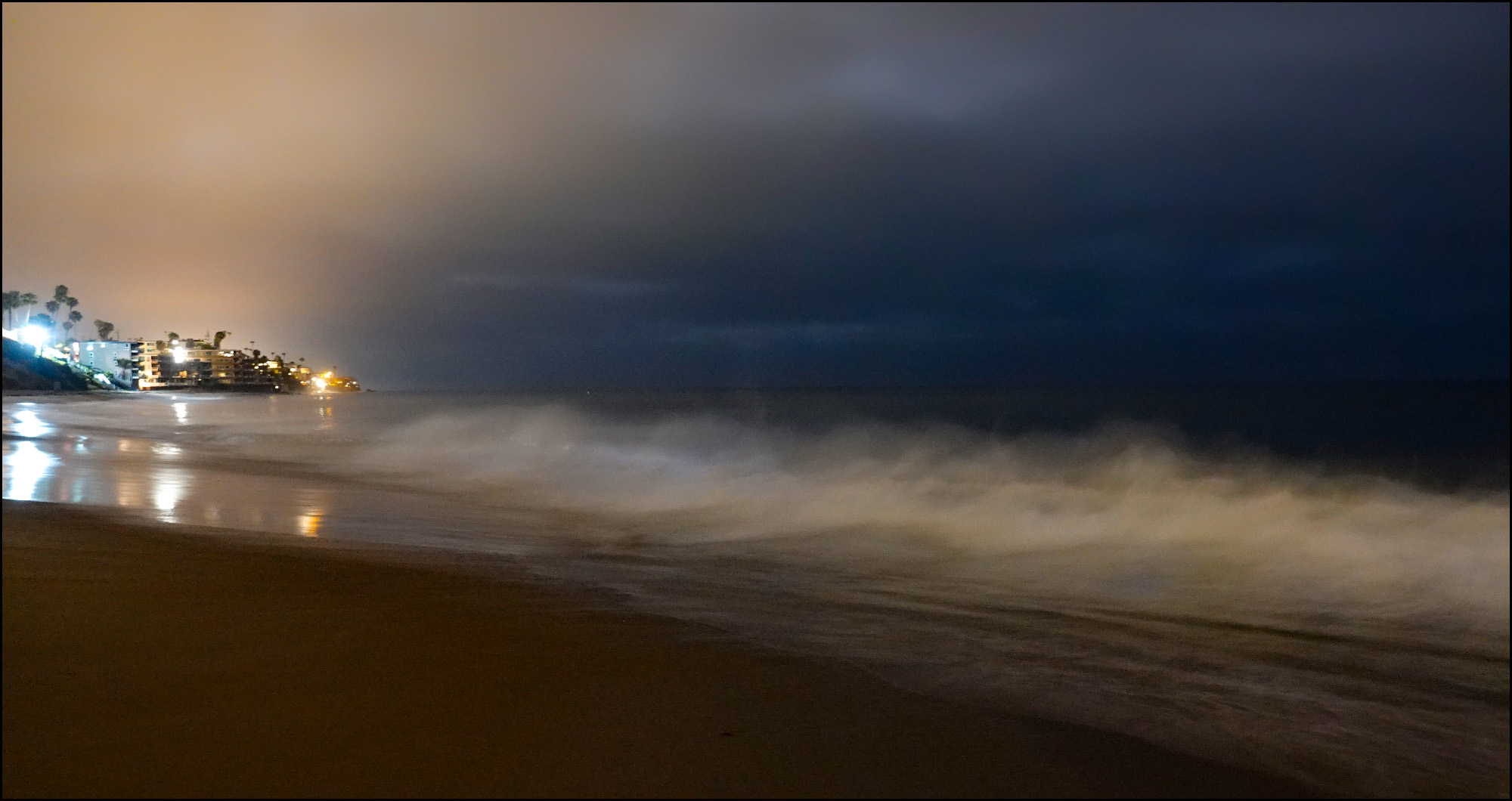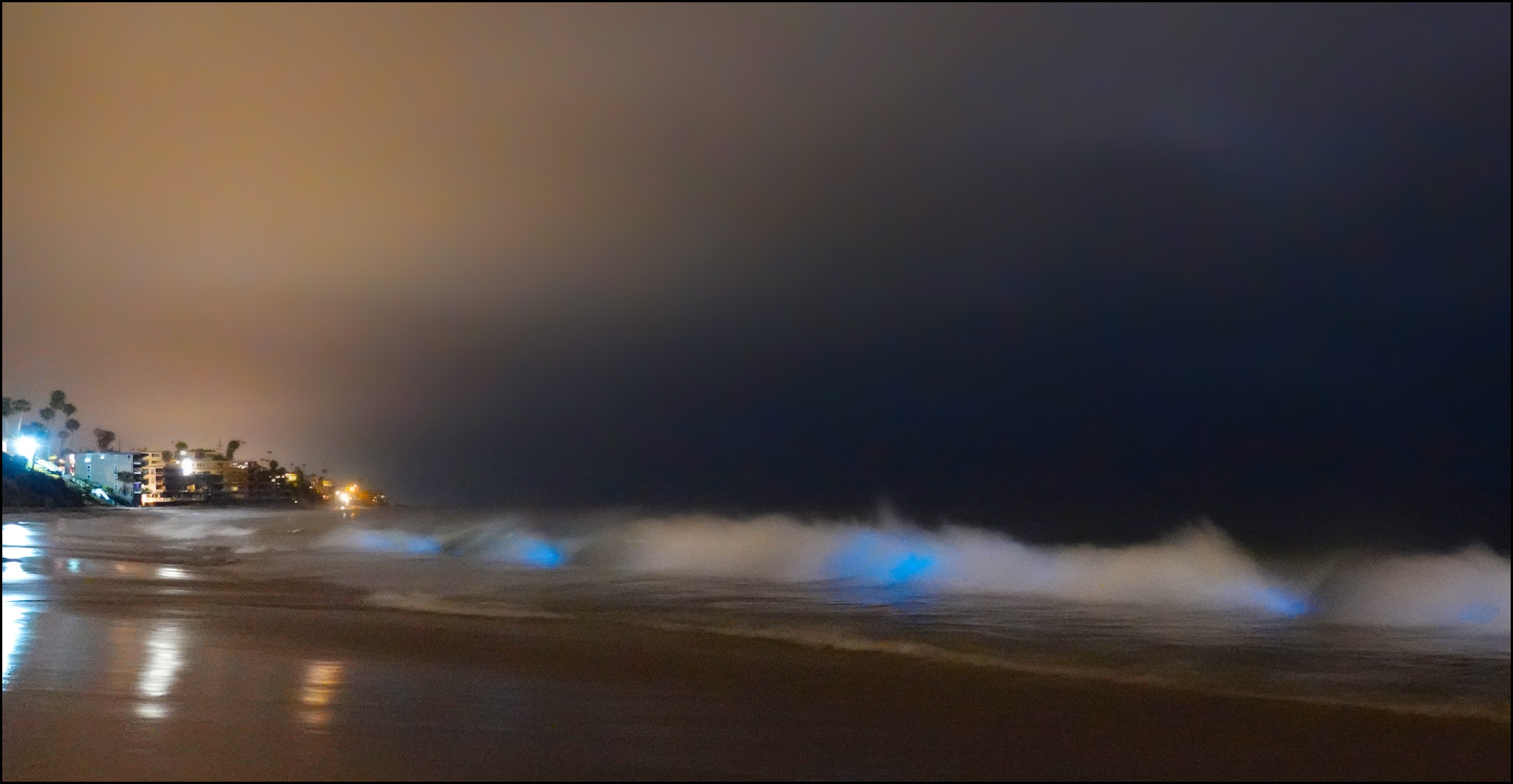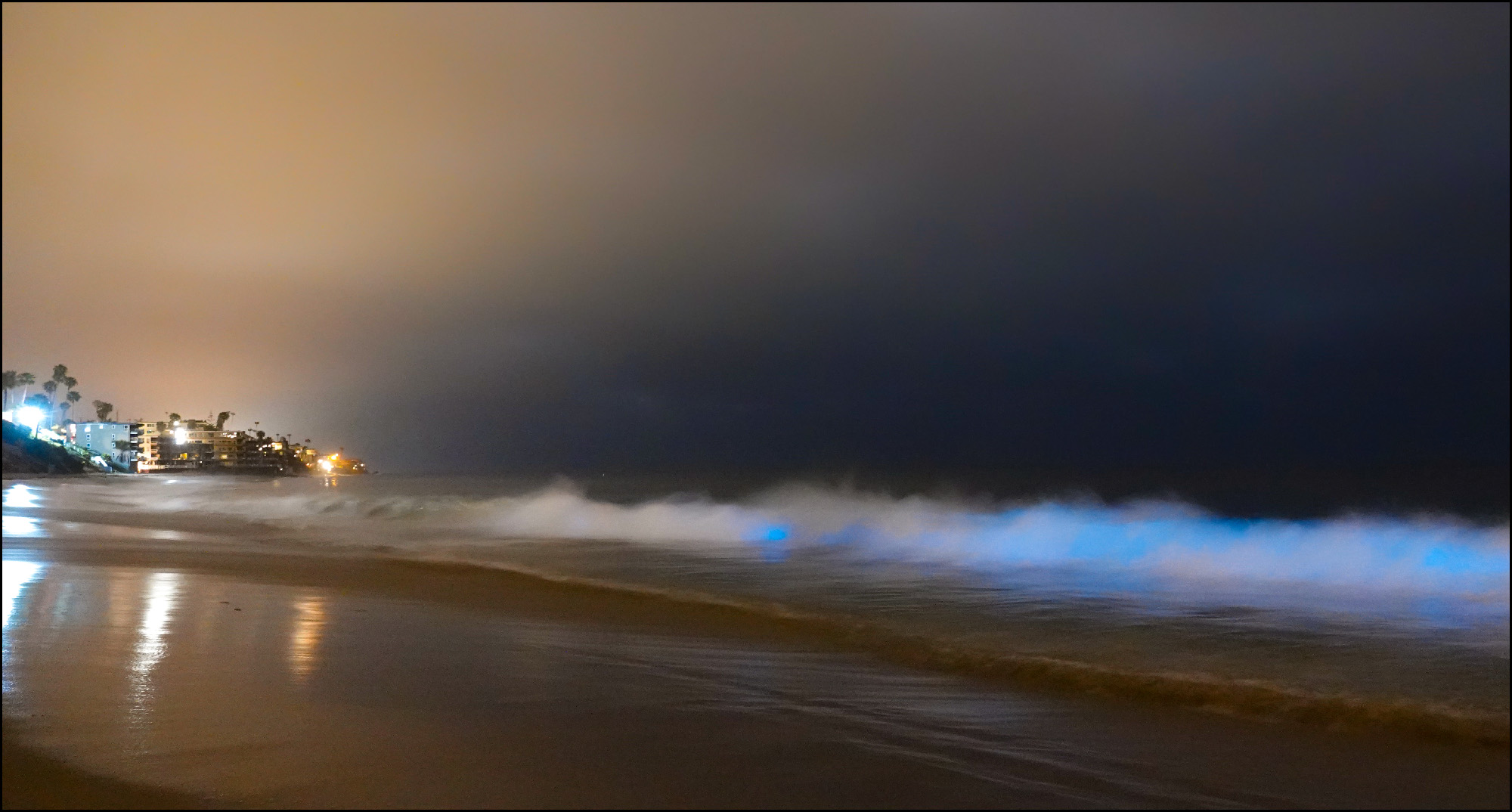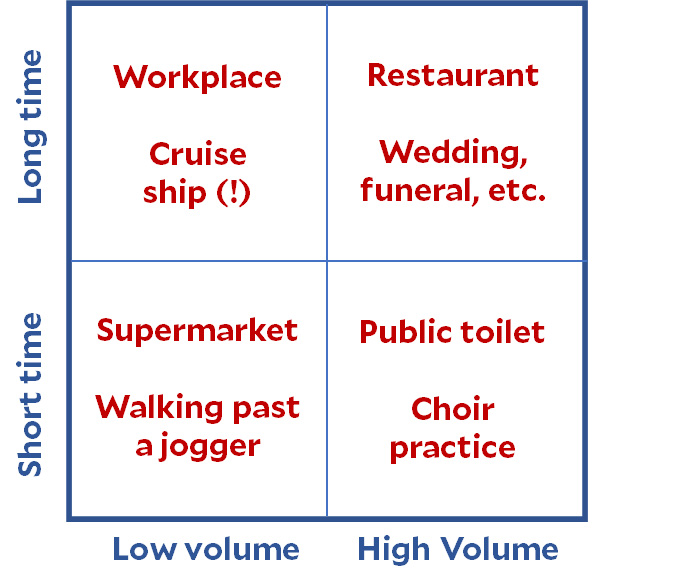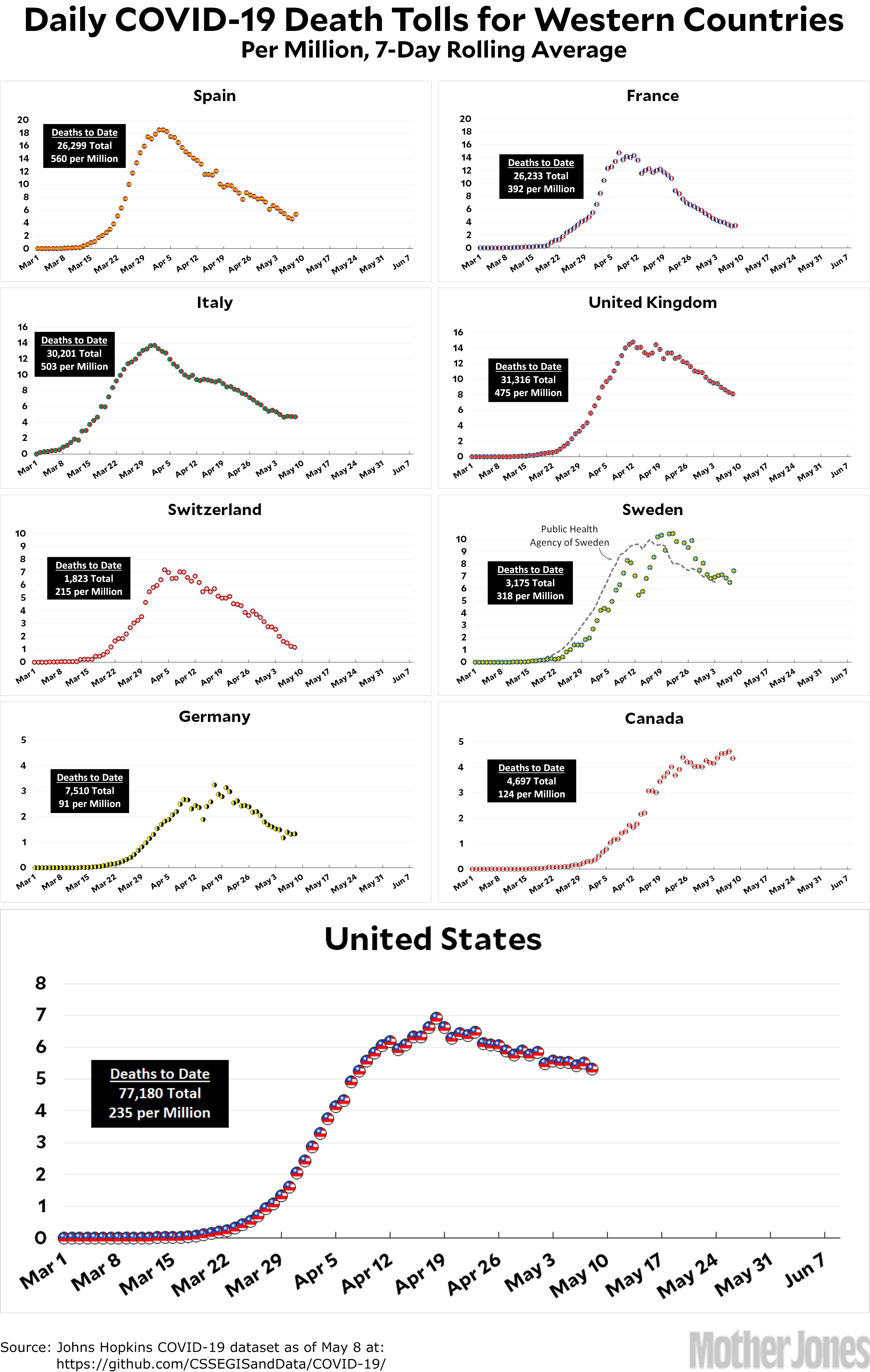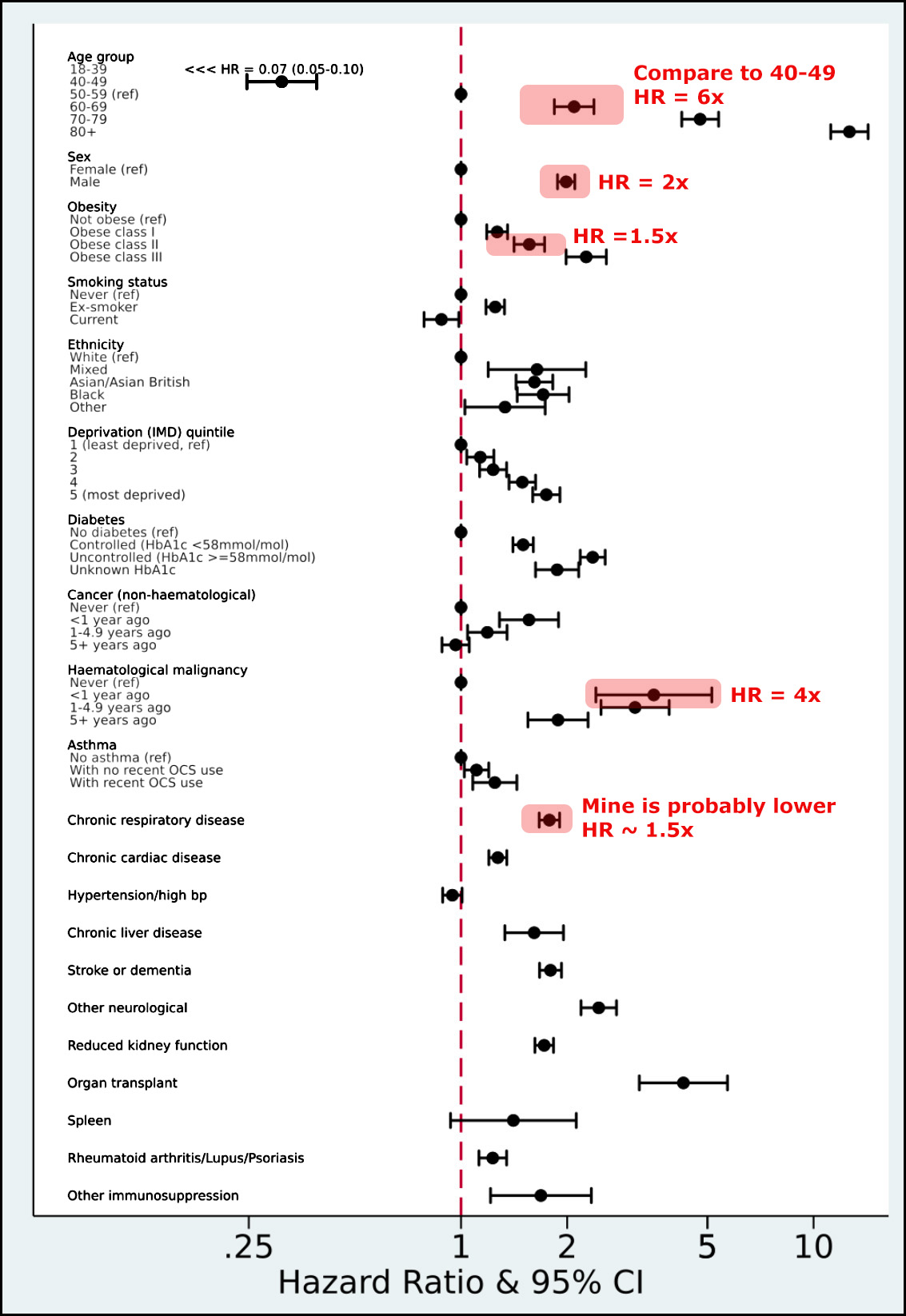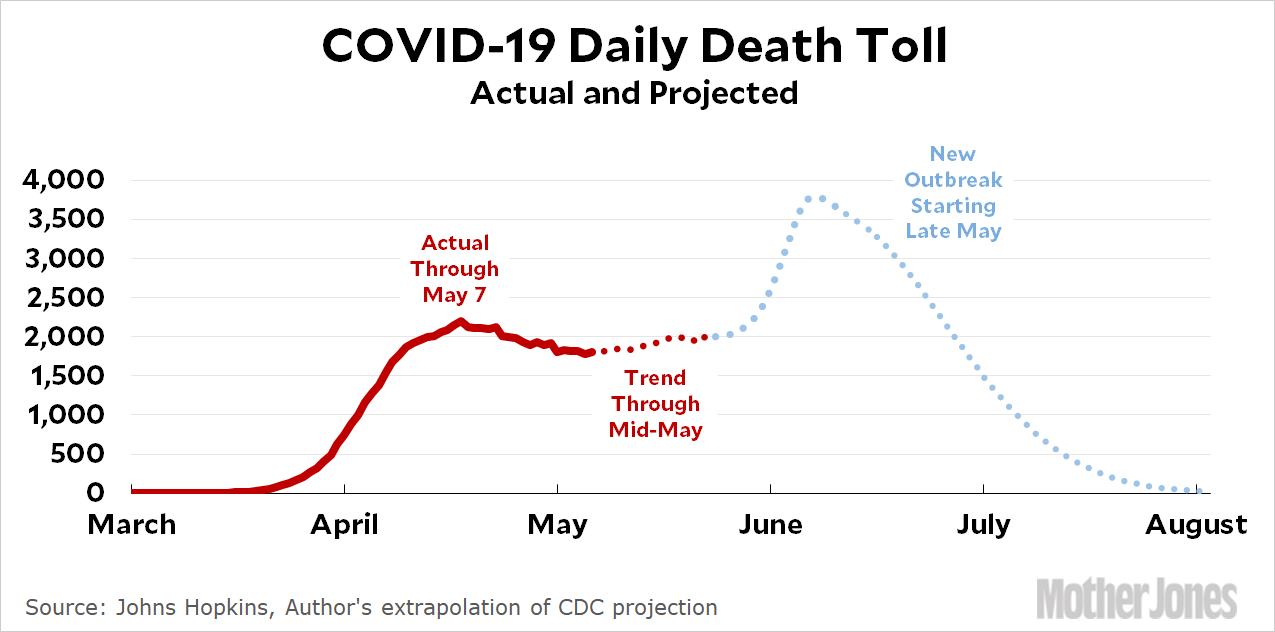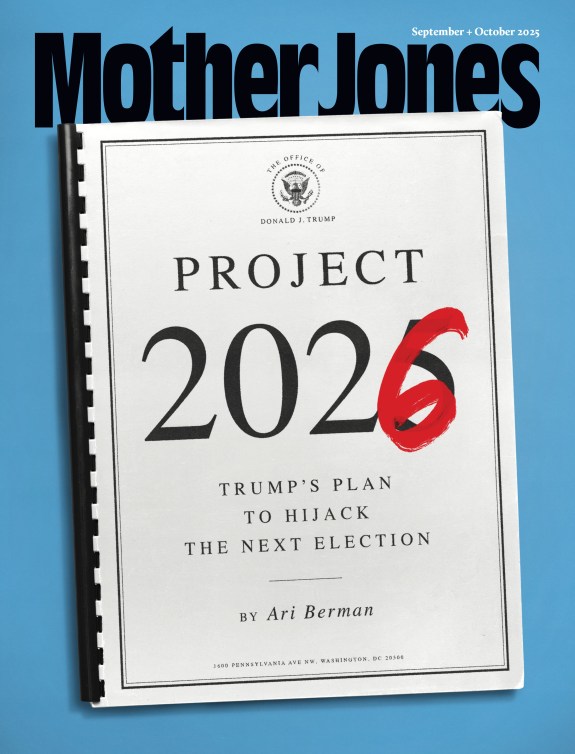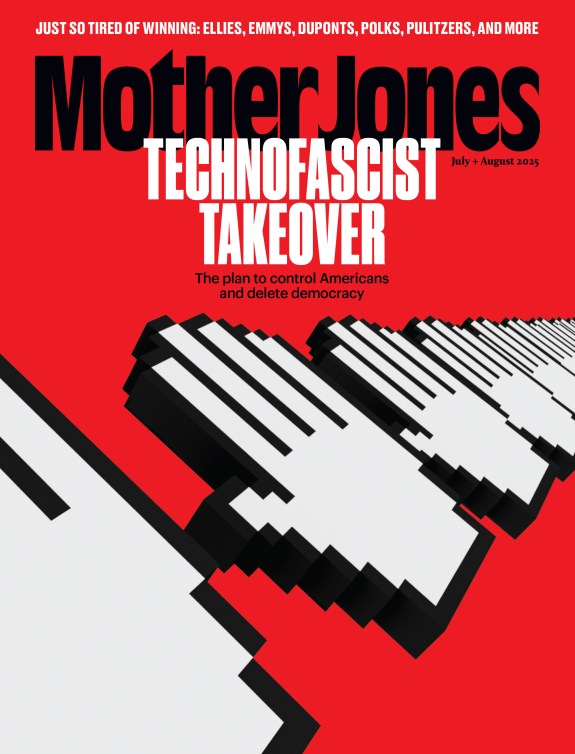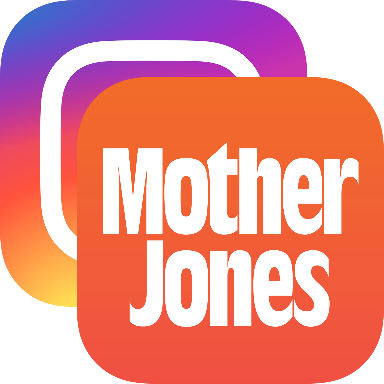South Korea’s capital closed down more than 2,100 bars and other nightspots Saturday because of a new cluster of coronavirus infections, Germany scrambled to contain fresh outbreaks at slaughterhouses, and Italian authorities worried that people were getting too friendly at cocktail hour during the country’s first weekend of eased restrictions. The new outbreaks — and the fears of a second wave of contagion — underscored the dangers authorities face as they try to reopen their economies.
Like all of you, I’ve seen a lot of scorekeeping over the past couple of months. South Korea had the best response! Sweden is paying the price for its easygoing ways! We should do whatever Germany is doing!
I’ve done some of this myself, and it’s certainly worthwhile to try to figure out best practices and emulate them if possible. But keep in mind that it’s still early days in a pandemic that will most likely last a year or two. By the end of 2020 it’s possible that we’ll have a whole new idea of which countries have done the best and which haven’t.
For Sweden in particular I’d keep my powder dry for the moment. Remember, their light lockdown rules weren’t put in place because authorities thought they’d be more effective than a tight lockdown. They acknowledged that their death toll might be high at first. But their goal was to find the right sweet spot: a set of rules tight enough to keep the virus under control but loose enough that people could comply with them over the long term. It will be a long time before we know for sure if this worked.



